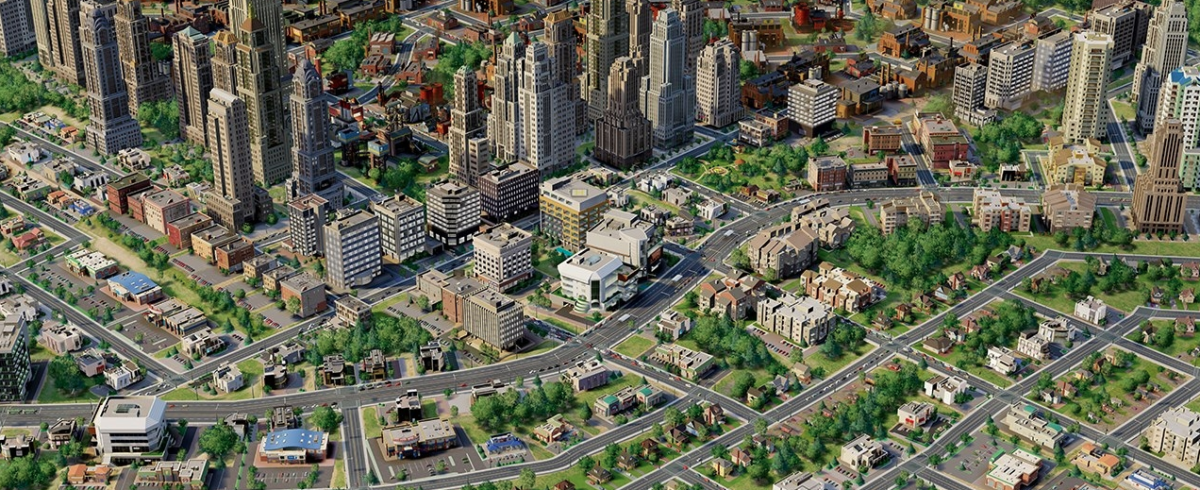Out with the Antiquated in with the New
The Oxford Dictionary defines town planning as ‘The planning and control of the construction, growth, and development of a town or other urban area.’
Construction. Growth. Development. Shouldn’t these words inspire innovation? I think they do… So why are we so stuck in the traditional archaic processes that shape the town planning sector? There are now technologies to 3D print houses, there are apps to find the best trafficless route to work, and there are systems that tell you the probable value of your property in less than 1 second. Should we be more technologically advanced in the town planning sector by now?
I graduated my Bachelor of Urban and Environmental Planning from Griffith University in 2008, the same year that the Queensland Government launched its brand new revolutionary Smart eDA system. At the time, I thought to myself that my job as a private consulting planner would be short lived and replaced by this new smart system that makes it easy for the every day person to lodge and handle their own development applications. 10 years later, Smart eDA no longer exists and it seems the process is only becoming more difficult, irrespective of new legislation and persistence from the State to make it easier.
South-East Queensland as a case study. Over the past 10 years there have been 3 different State planning legislation/frameworks, a large round of Council amalgamations, and almost all Council regions have a new planning scheme. The state-wide planning legislation grew by 288 pages (on average), and some local planning schemes grew by a whopping 172% (+3440 pages). The increase in length of these documents is somewhat justified as planning is becoming more specific to the circumstances of the ever-growing population. Unfortunately, our case study discovered that the introduction/explanation section of planning schemes reduced by 4 pages on average (despite the enormous increase in the pages of the whole scheme) and had up to 354 less defined terms. Naturally, the planning process will become more comprehensive to help adapt to new and community specific planning scenarios but the explanation of the same process seems to be reducing. It is no wonder that the Smart eDA system was phased out in 2017 prior to the Planning Act 2016being introduced.
Comprehensive but confusing. As planning schemes get increasingly complicated with hundreds of new sections, codes, uses, zones etc. Local Councils are doing their best to innovate and make the process easier for the general public with new property search portals and interactive maps. In retrospect, we have come a long way since the days of the printed A3 maps and hand delivering development applications, however, Councils’ are falling short and no one seems to be able to provide simple explanations of what the planning scheme information actually means.
Stepping forward. These days, you can easily find out what zone your property is in, but what does that mean for you? How high can you build? Could you subdivide? Could you put in a granny flat? These seem like simple questions, but the process of obtaining an answer can be long, expensive and inconsistent. Town planners have been the gatekeepers of this information for centuries, but with advances in technology, the private sector is working on ways in which to answer these simple questions in a timely manner. As a private consulting planner, after spending hours a day investigating lengthy planning schemes to answer these simple questions, I started looking for an easier way.
In with the New – Automation. With advances in technology we have the opportunity to look at and resolve problems in a unique and innovative way. In 2014, I started looking at ways in which to digitise planning scheme codes into a dataset to provide simple one page answers for our clients. At the time, I wanted this for internal use as a private consulting planner, but as the program developed, our clients started using it and their friends wanted to use it. 3 years later we officially launched PropertEASE (https://propertease.com.au/). We developed a comprehensive database and algorithm that can adapt to any planning scenario so that anyone can search their property and get simple answers regarding where they can build, how high they can build, if they can subdivide and if they can build units. All of these questions can now be answered instantly with one easy to use website.
Where to from here? 10 years from now, it seems that we are heading in the direction of another 3000+ pages being added to the local planning scheme and another 300 pages to the State planning legislation, however, I also anticipate the advance of technology and innovation. Applications like PropertEASE are just the tip of the iceberg; there will be no need for information gatekeepers for preliminary advice. The public will have the knowledge of a town planner at their fingertips and the power to make informed decisions when buying, selling and developing property. And in the not too distant future, be able to understand the realistic impacts of Council’s planning schemes and planning assumptions on their individual amenity.
Town Planning is finally stepping out of its archaic box and stepping into the future.

